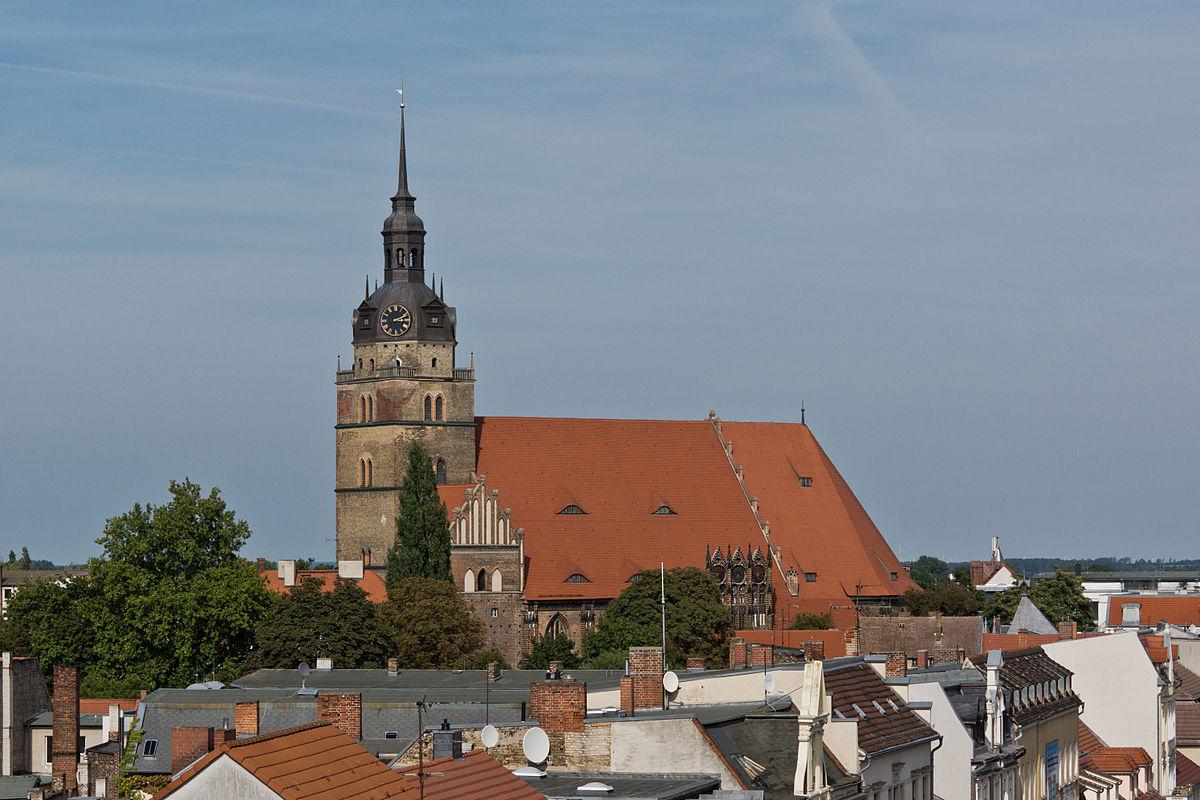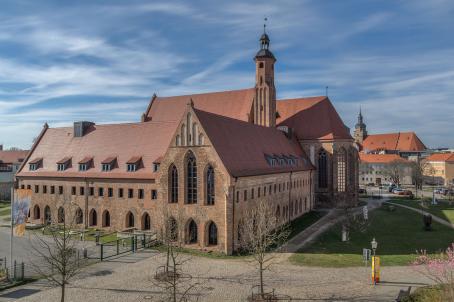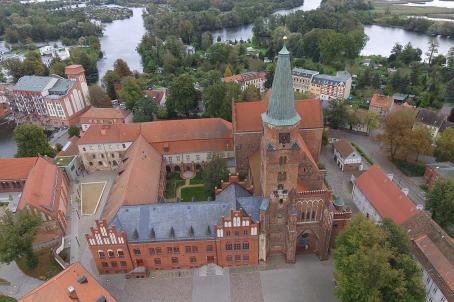St. Catherine's Church, Brandenburg/Havel

St. Catherine's Church, first mentioned in 1217, was endowed with its late Gothic brick during a reconstruction in the 1380s. Restorations were carried out on the exterior in 1864-65 and on the interior in 1842 and 1911-12. The restoration, which was carried out from 1970 to 1992, restored the room's decoration in late Gothic style. The restoration of the roofs, tower and exterior cladding was completed in 2004.
About this building
For more information visit on this building visit www.eurob.org/item/st-katharinen-kirche_brandenburg-havel/?lang=en





